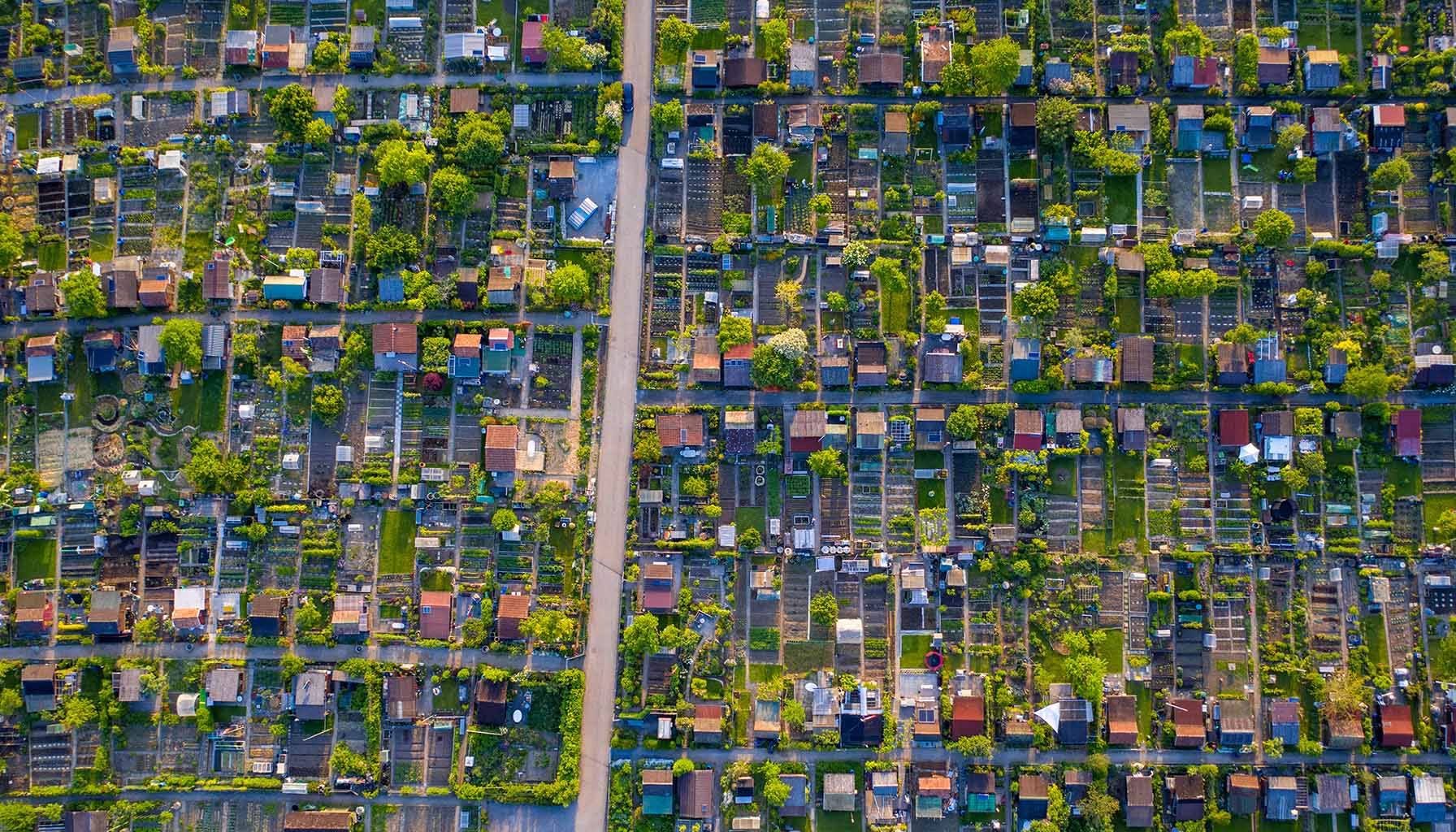As we peer into the intriguing world of urban farming, it becomes clear that this is not merely a modern innovation but a revival of ancient practices adapted for the 21st century. The concept of cultivating food within city boundaries isn’t new; it traces back to ancient civilizations where people grew crops on the outskirts of towns and in any available spaces within city walls. As urban populations expanded, these practices dwindled, giving way to rural farming that could support larger populations with its extensive land use. However, with the resurgence of interest in sustainable living and local food production, urban farming is making a compelling comeback.
Urban farming, in its current incarnation, is a multifaceted approach to agriculture that encompasses a variety of methods, including rooftop gardens, vertical farming, hydroponics, and community gardens. Each of these methods offers a unique solution to the challenges of growing food in densely populated areas. For instance, rooftop gardens make use of otherwise wasted space, turning barren rooftops into lush, productive green spaces. Vertical farming, on the other hand, maximizes yield by stacking crops in layers, effectively multiplying the usable growing area within a limited footprint.
The potential of urban farming to reshape city living is vast and varied. By bringing food production closer to where people live, it reduces the carbon footprint associated with transporting food from rural areas to urban markets. Additionally, it can improve food security by making fresh produce more accessible and affordable. Urban farms can also serve as green spaces that improve air quality and provide residents with a connection to nature, contributing to both environmental sustainability and mental well-being. As urban farming evolves, it could very well redefine what it means to live in a city, making urban spaces greener, more sustainable, and self-sufficient.
While the rewards of urban farming paint a picture of a greener, more self-sufficient future, the path to achieving this vision is fraught with challenges. One of the most significant hurdles is the efficient utilization of space. In densely populated cities, where every square inch is at a premium, finding room for agricultural endeavors can seem like a herculean task. Creative solutions, such as rooftop gardens and vertical farming, have begun to address this issue, but the challenge remains to scale these solutions in a way that they become a significant source of food production.
Another critical challenge is the technological and logistical hurdles that come with urban farming. As the concept evolves, so too must the technology and strategies used to make it viable. Advanced hydroponic systems, which allow plants to grow in a water-based, nutrient-rich solution without soil, are a testament to the innovation driving this field forward. These systems can dramatically increase yield while reducing water usage and the need for pesticides. Additionally, artificial intelligence and automation are beginning to play a crucial role in optimizing the growth conditions for crops, further enhancing productivity and sustainability.
Yet, for all its potential, the adoption of urban farming on a large scale requires not just technological advancements but also a shift in public perception and policy support. Urban farms need to be recognized not only as a viable source of food but also as vital components of the urban ecosystem, contributing to biodiversity, reducing urban heat islands, and enhancing community well-being. This recognition could pave the way for more supportive policies, such as zoning changes or subsidies, which could significantly lower the barriers to entry for new urban farming initiatives.
Navigating these challenges will be crucial for the future of urban farming. Yet, the journey towards a more sustainable and self-sufficient urban future is already underway, driven by a blend of necessity and innovation. As urban farmers continue to push the boundaries of what’s possible, they not only redefine the concept of city living but also lay the groundwork for a future where cities can thrive in harmony with nature.
Envision a future where urban farming is not just a niche interest but a cornerstone of city life. Imagine walking through a city where every rooftop, balcony, and available space is bursting with greenery, where community gardens are as common as parking lots, and where vertical farms rise alongside office buildings. In this future, urban farming has transformed communities, creating lush urban jungles that offer both sustenance and serenity amidst the concrete and steel.
In such a world, food security takes on a new dimension. Localized food production means that cities are less reliant on distant agricultural regions, making the food supply chain more resilient against disruptions like natural disasters or transportation strikes. Fresh produce becomes a staple in urban diets, leading to healthier communities. Moreover, the integration of urban farms into the fabric of city life fosters a sense of ownership and responsibility among residents towards their environment and their food sources.
Sustainability is another cornerstone of this vision. Urban farming practices, especially those utilizing hydroponics and aeroponics, use significantly less water and land compared to traditional farming, drastically reducing the environmental footprint of food production. The incorporation of renewable energy sources to power these farms further amplifies their ecological benefits. Furthermore, urban green spaces contribute to mitigating the urban heat island effect, cooling cities and making them more livable.
This vision is more than just a dream; it’s a blueprint for the future. As urban farming initiatives proliferate, they not only promise to bolster food security and promote sustainability but also to weave nature back into the urban tapestry, creating a new paradigm for city living. The journey toward this future is full of challenges, but the potential rewards for communities and the planet are immense. With each step forward, urban farming moves from the fringes of possibility into the heart of urban development, heralding a new era of city life where nature and humanity are inextricably linked.
